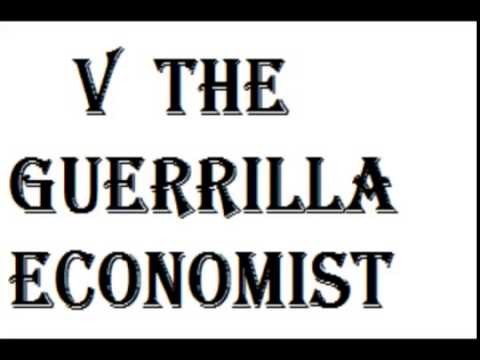July 13 2013 Big Mac Index Guerrilla Economics
Post on: 10 Май, 2015 No Comment

August 6, 2013 by admin
There are a number of factors that cause the relative value of currencies to shift including productivity, monetary policy and trade balances. Because of the complexity of most models designed to measure currency values, and the lag in real time information, much speculative currency trading is conducted based on heuristics rather than economic models. One excellent real time source of relative currency values is the Economist Magazine’s Big Mac Index, which was introduced in September 1986 and has been published by that magazine regularly since then. The index is based on the idea that the rate between two currencies should naturally adjust so that a sample basket of goods and services should cost the same in both currencies (something economists call Purchasing Power Parity). In the Big Mac index, the basket is a Big Mac sandwich, which is common across many countries and contains a range of products including labor, beef, vegetables and paper. By using the index one can determine how various currencies are valued against a base – in this case the dollar. If a Big Mac costs more in a country in dollar terms than in another, the country with the higher price is considered overvalued.

The most recent Big Mac Index shows that (of the currencies presented) Norway and Switzerland are the most overvalued relative to the dollar (the price of a Big Mac in Norway is $7.48 compared to $4.56 in the US. The most undervalued currencies are the Indian Rupee, the South African Rand, and the Chinese Yuan all of which are over 40 percent undervalued relative to the dollar. Interestingly, the Euro and the Dollar are currently basically at parity. Interestingly, the Big Mac Index can also show the discrepancies within the euro area that are leading to the currency crisis. While Germany and Spain are basically at parity on the Big Mac Index, the “Greek Euro” is undervalued (by 27 percent) while the “French Euro” is overvalued.
It is interesting that relative currency valuations are not reflecting either trade balances or the inflationary effects of America’s extremely loose monetary policy. This is likely due to the fact that other major economies (at least those that people are willing to invest in) including those of much of Europe and Japan are in a race to the bottom with the United States to devalue their currencies as much as possible. If the Big Mac Index is correct, then Europe and the US are neck and neck with each other in this effort – but both are well behind the Japanese. This continued devaluation will make other commodities (gold, oil, iron ore) more expensive in currency terms, something that will eventually be reflected in inflation numbers.














